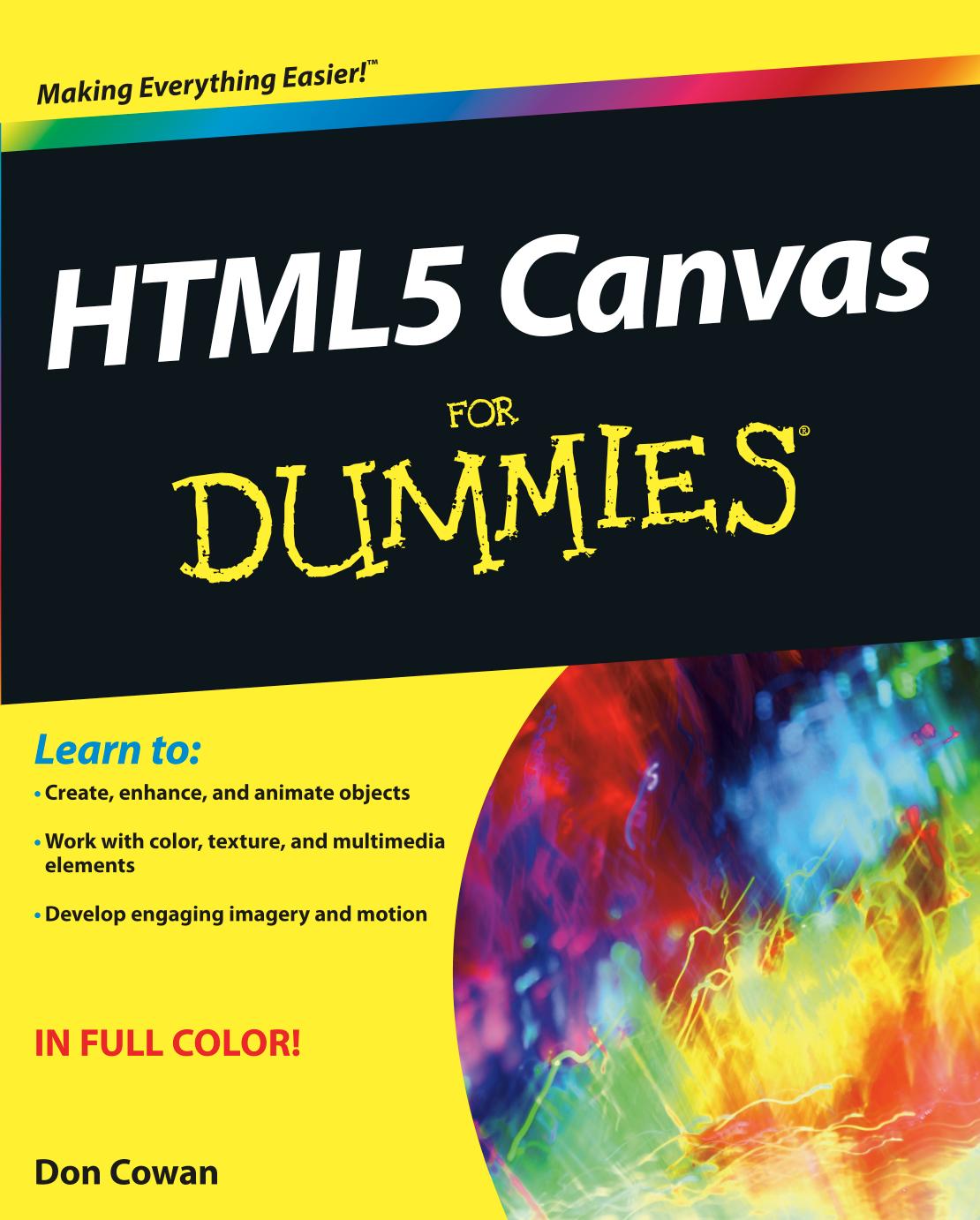HTML5 Canvas For Dummies by Don Cowan

Author:Don Cowan
Language: eng
Format: epub, pdf
Publisher: Wiley Publishing
Published: 2012-12-02T16:00:00+00:00
Figure 7-4: Example of using the rule of thirds.
If you’re developing an application that involves significant object movement, the rule of thirds can be helpful for designing the background image and the placement of any stationary objects.
The rule of thirds works for several reasons:
The magic number 3: In mathematics and the arts, three is considered to be a very balanced and harmonious number. Two and four are probably very jealous.
Manageable number of sub-spaces: The horizontal and vertical sub-division by three creates a very manageable number of nine sub-spaces. Not too many, not too few.
Reasonable distances from the edges: Objects squashed up against the Canvas edges can look crowded and out of place. The subdivision lines and intersections tend to pull objects away from the edges.
Pleasing placement: The lines and intersections are at pleasing distances from one another.
Using the golden ratio in your design
How can you resist trying something named the golden ratio? This relationship between two numbers has been in use for at least 2,400 years, dating back to Pythagoras and Euclid in ancient Greece.
Figure 7-5 demonstrates the golden ratio with a pair of adjacent rectangles where the ratio of sides a to b is the same as the ratio of sides a+b to a, or about 1.61:
a/b = (a+b)/a = 1.61803…
Download
This site does not store any files on its server. We only index and link to content provided by other sites. Please contact the content providers to delete copyright contents if any and email us, we'll remove relevant links or contents immediately.
Deep Learning with Python by François Chollet(12699)
Hello! Python by Anthony Briggs(10007)
OCA Java SE 8 Programmer I Certification Guide by Mala Gupta(9874)
The Mikado Method by Ola Ellnestam Daniel Brolund(9871)
A Developer's Guide to Building Resilient Cloud Applications with Azure by Hamida Rebai Trabelsi(9786)
Dependency Injection in .NET by Mark Seemann(9421)
Hit Refresh by Satya Nadella(8870)
Algorithms of the Intelligent Web by Haralambos Marmanis;Dmitry Babenko(8384)
The Kubernetes Operator Framework Book by Michael Dame(7980)
Sass and Compass in Action by Wynn Netherland Nathan Weizenbaum Chris Eppstein Brandon Mathis(7837)
Test-Driven iOS Development with Swift 4 by Dominik Hauser(7808)
Exploring Deepfakes by Bryan Lyon and Matt Tora(7778)
Grails in Action by Glen Smith Peter Ledbrook(7771)
Practical Computer Architecture with Python and ARM by Alan Clements(7720)
Implementing Enterprise Observability for Success by Manisha Agrawal and Karun Krishnannair(7686)
Robo-Advisor with Python by Aki Ranin(7672)
The Well-Grounded Java Developer by Benjamin J. Evans Martijn Verburg(7653)
Building Low Latency Applications with C++ by Sourav Ghosh(7566)
Svelte with Test-Driven Development by Daniel Irvine(7554)
